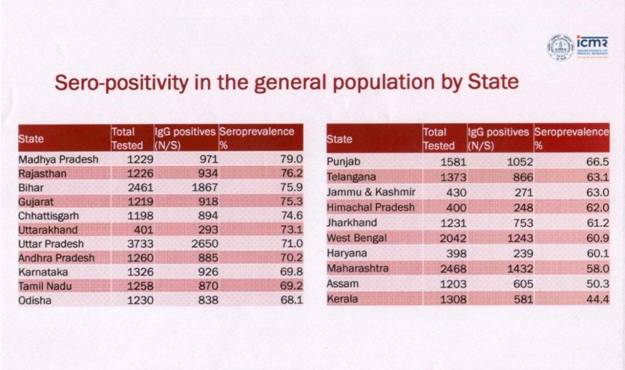A recent study conducted by researchers from Oxford University, the Universities of Bristol and Exeter, and the University of Eastern Finland has revealed a concerning association between increased sedentary time in childhood and deteriorating arterial stiffness, which is considered a precursor to premature vascular damage. The findings, published in Acta Physiologica, underscore the importance of encouraging light physical activity (LPA) to mitigate the risks associated with sedentariness.
Previous research using the same dataset had already indicated a rise in sedentary time from childhood to young adulthood, correlating with various health issues such as obesity, dyslipidaemia, inflammation, and an enlarged heart. Arterial stiffness emerged as a novel risk factor for childhood obesity, insulin resistance, hypertension, metabolic syndrome, and early heart aging.
Arterial stiffness typically worsens with age, with studies suggesting a significant increase in the risk of premature death associated with high arterial stiffness. However, it remained unclear whether sedentariness exacerbates arterial stiffness independently of aging and other cardiometabolic risk factors.
In this groundbreaking study, the researchers analyzed data from the University of Bristol’s Children of the 90s cohort, which included 1339 children followed from ages 11 to 24. By measuring accelerometer-measured movement behavior and arterial stiffness over a 13-year period, they found that increased sedentary time accelerated arterial stiffness by 10 percent, leading to severe vascular damage in some adolescents. Conversely, engaging in at least 3 hours of light physical activity per day reversed arterial stiffness and vascular damage.
Interestingly, moderate-to-vigorous physical activity (MVPA) did not reduce arterial stiffness and even slightly increased it, albeit to a lesser extent than sedentary time. This suggests that the physiological vascular wall adaptation resulting from an increase in muscle mass during MVPA may contribute to this effect.
Dr. Andrew Agbaje, an award-winning physician and associate professor, highlighted the significance of these findings, emphasizing that childhood sedentariness poses greater health risks than previously believed. He stressed the importance of integrating light physical activity into daily routines, recommending 3 to 4 hours of LPA per day to combat the intermediate risk factors and diseases associated with sedentary behavior.
While current physical activity guidelines may not specifically address LPA, Dr. Agbaje urged public health experts, policymakers, healthcare professionals, and parents to prioritize and promote light physical activity as a crucial component of children’s daily lives to safeguard their long-term health and well-being.
The study serves as a wake-up call to address the sedentary lifestyle epidemic among children and underscores the critical role of physical activity in mitigating cardiovascular risks from an early age.












